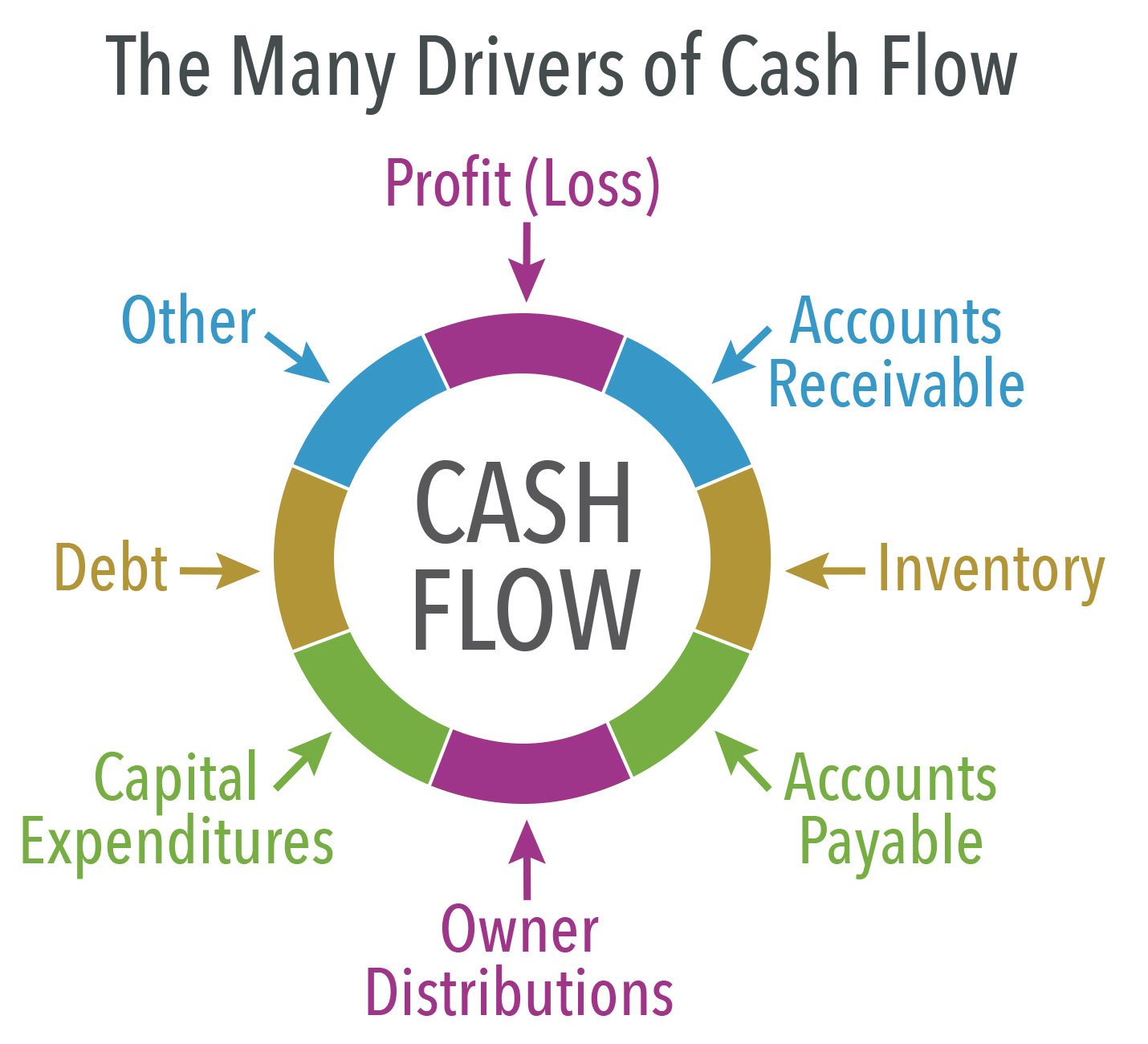
There's no doubt that cash flow is the lifeblood of any business. After all, an organisation's cash flow is what keeps it going day in and day out.
Cash flow reports allow your company to glean valuable insights that improve financial decisions--and these insights are especially important during periods of economic uncertainty when every decision you make could affect your business's future.
With this in mind, here are some tips on creating effective cash flow statements that will help you manage your company's financial obligations more efficiently.

Source: Financial Rhythm
Experienced accountants, bookkeepers and financial advisors regularly work with cash flow statements and are familiar with how to prepare and analyse these statements.
However, for anyone new to the field of finance or looking to brush up on their professional knowledge base, this video might offer some additional insights on cash flow reports.
A cash flow report generally includes three primary components:
These line items on the cash flow report include activities related to the core business. This section calculates the cash flow from a business's provision of products or services. Examples of operating activities include:
These include cash flow from acquiring and disposing of long-term investments and other assets not included in cash equivalents. These may denote long-term investments in the organisation's growth. For example, selling or purchasing physical property, such as vehicles or real estate, and non-physical property, such as patents.
Cash flow reporting related to financing activities commonly represent cash from banks or investors, buying and issuing back shares and dividend payments. Whether paying interest to service debt, raising a loan or distributing dividends, these transactions fall within the financing activities section of the cash flow report.
Since cash flow reports serve various purposes, you must ask yourself, are you using a "one-size-fits-all" cash flow report? Cash flow management best practices recommend organizations use different reports for distinct purposes. Here's how you can ensure you're using the right cash flow report for the correct purposes.
Chances are that your company's finance team already uses monthly cash flow reports. These statements provide parameter-limited data displaying that month's cash flow, with options for consolidation, variances or trends reporting.
Additional viewing options of your organization's monthly cash flow report may offer deeper insights and possibly lead to new and improved business strategies. It's why corporations often use multiple cash flow report templates.
Here are some examples of different types of monthly cash flow reports:
These monthly reports are ideal for monitoring your organization's cash position month-over-month. However, these types of cash flow reports are inadequate for forecasting future performance. For that, you will need cash flow forecasting.
Your company probably already extrapolates data from its monthly cash flow report, balance sheet and profit and loss (P&L) reports to predict your organization's future cash position.
However, manually compiling these datasets to create accurate forecasts is time consuming and error prone.
Instead, automating predictions for future accounts payables and receivables--using data generated from historical trends--will help you gain more accurate insights about your cash flow throughout the entire year.
Different types of future cash flow forecasting include:
A comprehensive and accurate cash flow forecast report is ideal when your organization wants to get detailed views of future performance in advance. It's not great for a big-picture view when needing an at-a-glance report.
Global events of 2020 caused organizations worldwide to realize the need for faster, agile ways to calculate ranges for constantly shifting cash flow scenarios at a moment's notice. At-a-glance cash flow analysis tools deliver these calculations quickly and easily.
Here are three examples of different types of at-a-glance analysis tools:
Driven by prevalent ERP-integrated dashboard solutions, business leaders can immediately view the potential impact of their decisions--enabling critical decision making across the organization.
While several dashboards include a drill-down component, at-a-glance analytics is not the appropriate type of cash flow report to view monthly cash flow variances. To do this, you'll want to turn to a template for monthly cash flow reports.
A cash flow report is one of the multiple resources your organization can use to make vital decisions that will guide your company's next steps. That's why it's important to use cash flow management software that helps you prepare for any scenario.
You need a solution that easily integrates with your existing software systems, is simple to use and enables you to capture, create and analyse cash flow statements. This will not only save you time and reduce the risk of human error, it will also help your organization categorize and sort cash flow types, ensuring you're always using the correct cash flow report.
